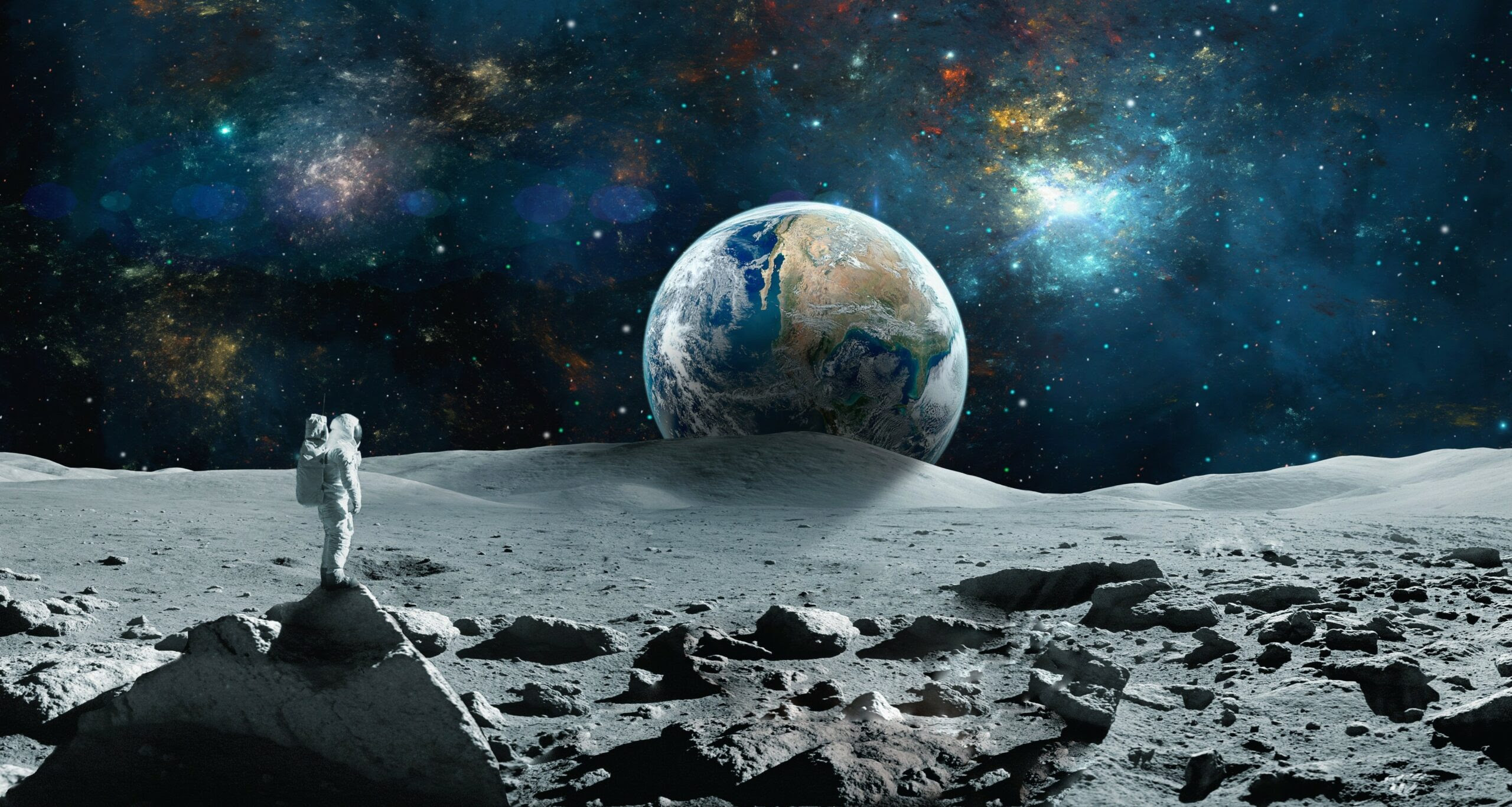Geoengineering aims to address the global consequences of global warming through the use of different technologies and one of the latest proposals made by a team of researchers is to form a shield of dust between the Earth and the Sun to limit the amount of radiation received by the atmosphere.
To slow down global warming, some solutions attack the causes such as the emission of greenhouse gases or the destruction of biodiversity and require major societal changes. Other solutions focus on the use of technology to limit global warming, such as geoengineering.
This science has already considered, for example, the diffusion of aerosols in the atmosphere to limit the amount of solar radiation absorbed or the use of a gigantic space parasol. Researchers from the University of Utah in Salt Lake City and the Smithsonian Astrophysical Observatory in Cambridge, Massachusetts have presented another solution, published on the Plos Climate website, aiming to directly darken the Earth by limiting the reception of solar radiation.
It consists in sending dust between the Earth and the Sun so that it absorbs about 1.8% of solar radiation. This percentage would make it possible to decrease the sunshine of six days in the year and would be sufficient to limit global warming. The researchers consider two possibilities to form this veil of dust at the level of the point of Lagrange L1, one of the five positions of the relative stability of a body in space compared to the Sun and the Earth.
The first scenario envisages the launch of a space station which would station at the level of Lagrange L1 and would send dust continuously. This scenario would avoid sending substances into the atmosphere, and the dust could not fall back to Earth. But according to the numerical simulations carried out, the presence of strong solar winds would eject the dust and prevent to maintain a continuous shadow. In the second scenario, the dust is sent from the surface of the Moon to the Sun.
The size of the lunar dust grains, of the order of a hundred micrometers and their high carbon content, allow them to be effective as sunshades. Sending the dust from the Moon to the Lagrange L1 point seems to be efficient and solves the question of dust supply posed by the first scenario.
One of the study’s co-authors, Scott Kenyon of the Astrophysical Observatory, says it’s amazing how dust from the Moon that took more than four billion years to build up could help slow the rise in Earth’s temperature, a phenomenon that took less than three hundred years to occur. However, this project is far from being operational because, whether it is the question of cost or the time needed to finalize studies, this project could come too late. Another obstacle concerns the quantity of dust to be sent to the L1 Lagrange point, about ten million tons per year.
Benjamin Bromley of the University of Utah
The lead author of the study, Benjamin Bromley of the University of Utah, explains that they are not experts in climate change or the rocket science required to move a mass from one place to another. They are simply exploring different types of dust in different orbits to see how effective this approach might be, and not to miss out on a revolutionary solution for such a critical problem.
The study makes it clear that this geoengineering solution is not a climate-saving scenario, but rather a possible alternative while a viable long-term solution is found. For some, however, taking as an example the proposal of the American start-up Make Sunsets, to send sulphur into the stratosphere to create aerosols acting as miniature mirrors to reflect part of the solar radiation, treating the consequences rather than the causes is not the solution.
These scientists, like Heïdi Sevestre, a glaciologist at the University of Lyon 3, believe that the climate is fragile and that biodiversity depends on light. Dependence on technology without addressing the root of the problem would mean taking the risk of seeing warming increase by several degrees in just a few years, when this technology would cease to be used or would no longer be effective. In this case, the risks related to the decrease in the number of sunny days seem limited, even if no study has yet been done on this subject. The team of researchers indicates that their publication serves to conceptualize the idea, without going into the details of its implementation.




Comment here